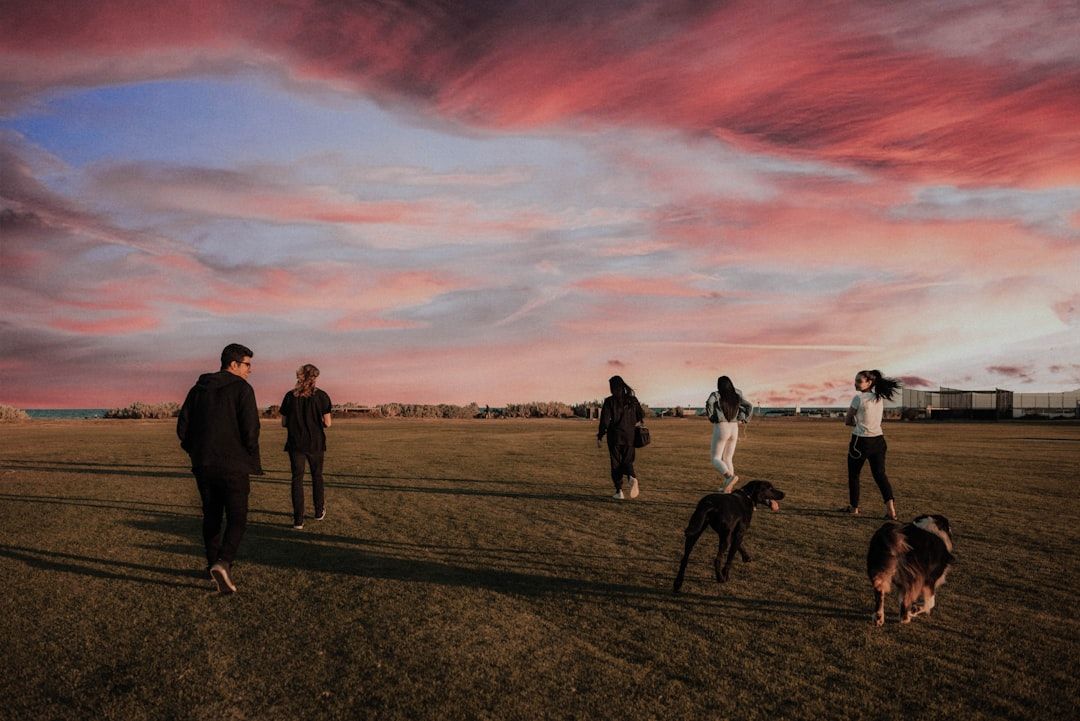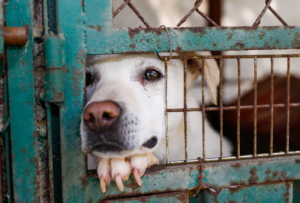Why Socializing Your Dog is Important
Helping your dog become a social butterfly is essential for their overall well-being. A well-socialized dog is more likely to be confident, happy, and less prone to stress and anxiety. Socialization also helps prevent behavioral issues, such as aggression and fear towards other dogs, people, and new environments. In this quick guide, we will walk you through the steps to help your dog become the social butterfly they were meant to be.
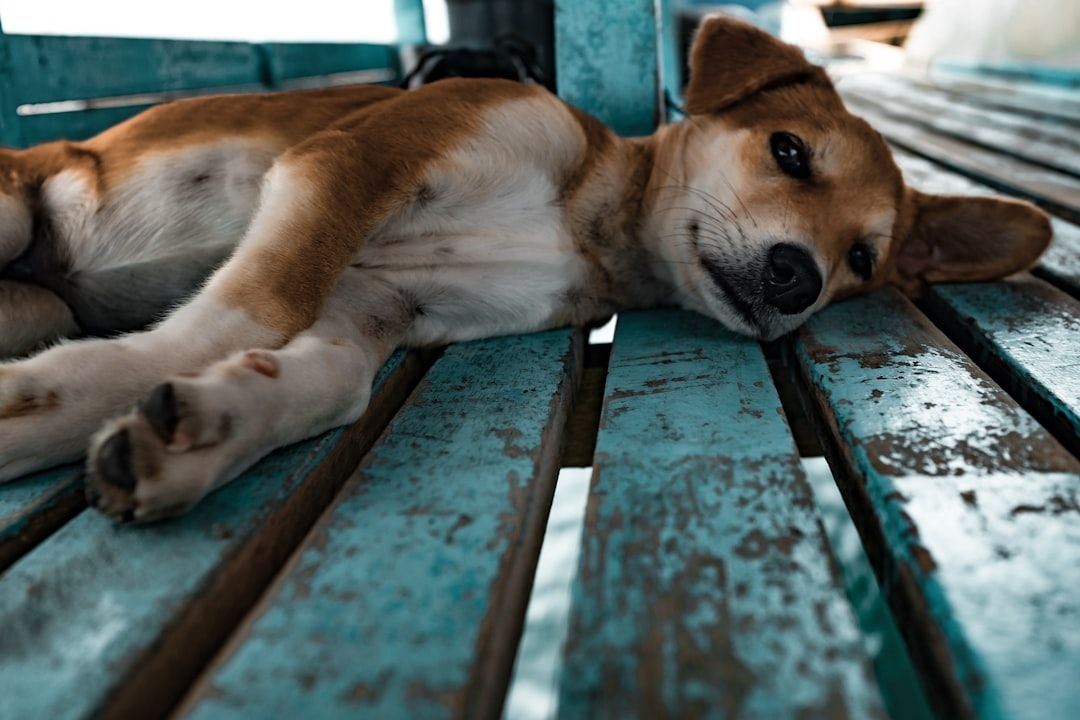
When to Start Socializing Your Dog
The ideal time to begin socializing your dog is during their puppyhood, between 3 to 14 weeks of age. This is a critical period when puppies are most receptive to new experiences and learning. However, if you have an older dog that hasn’t been properly socialized, don’t worry – it’s never too late to start!
Expose Your Dog to Different Environments
To help your dog become a social butterfly, it’s crucial to expose them to various environments and situations. Take your dog to different places, such as parks, pet stores, and outdoor cafes. This will allow them to experience different sights, sounds, and smells, helping them become more comfortable in new situations.
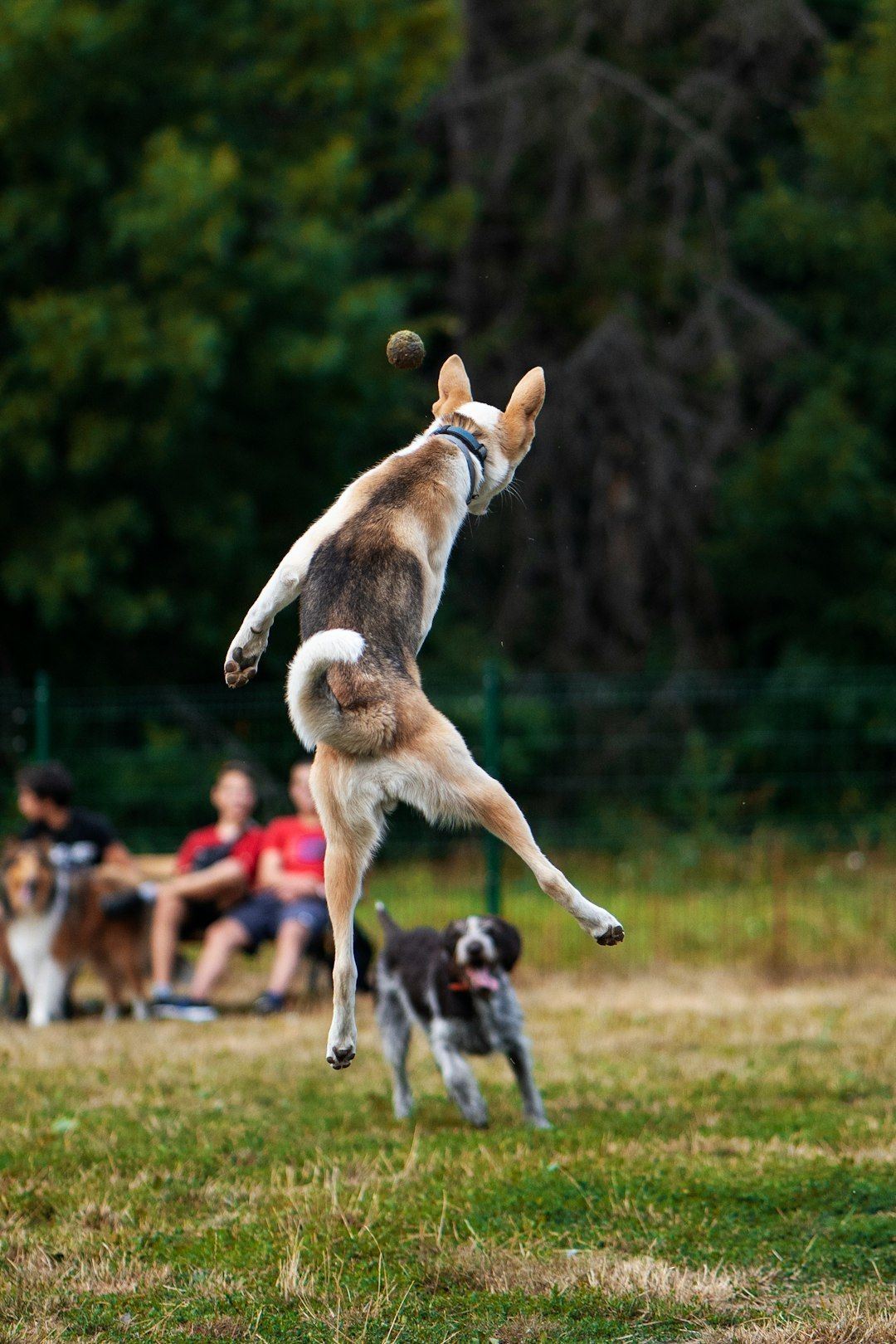
Introduce Your Dog to New People and Animals
Another essential aspect of socializing your dog is introducing them to new people and animals. Arrange playdates with other dogs, invite friends and family over, and take your dog to pet-friendly events. Remember to keep these interactions positive and stress-free for your dog, and never force them into a situation where they feel uncomfortable.
Use Positive Reinforcement
When socializing your dog, always use positive reinforcement techniques, such as praise, treats, and toys. Reward your dog for calm and friendly behavior towards others. This will help them associate positive experiences with meeting new people and animals, making them more likely to be comfortable in social situations.

Enroll Your Dog in Training Classes
Training classes are an excellent opportunity for your dog to socialize with other dogs and people in a structured environment. Group classes, such as puppy kindergarten or basic obedience, will teach your dog essential skills while also providing them with valuable socialization experiences. Be sure to choose a reputable trainer who uses positive reinforcement methods.
Monitor Your Dog’s Body Language
As you socialize your dog, it’s crucial to pay attention to their body language. This will help you identify when your dog is feeling stressed or uncomfortable. Signs of stress in dogs include yawning, lip licking, panting, and avoidance. If you notice your dog displaying any of these signs, remove them from the situation and give them a chance to calm down before trying again.
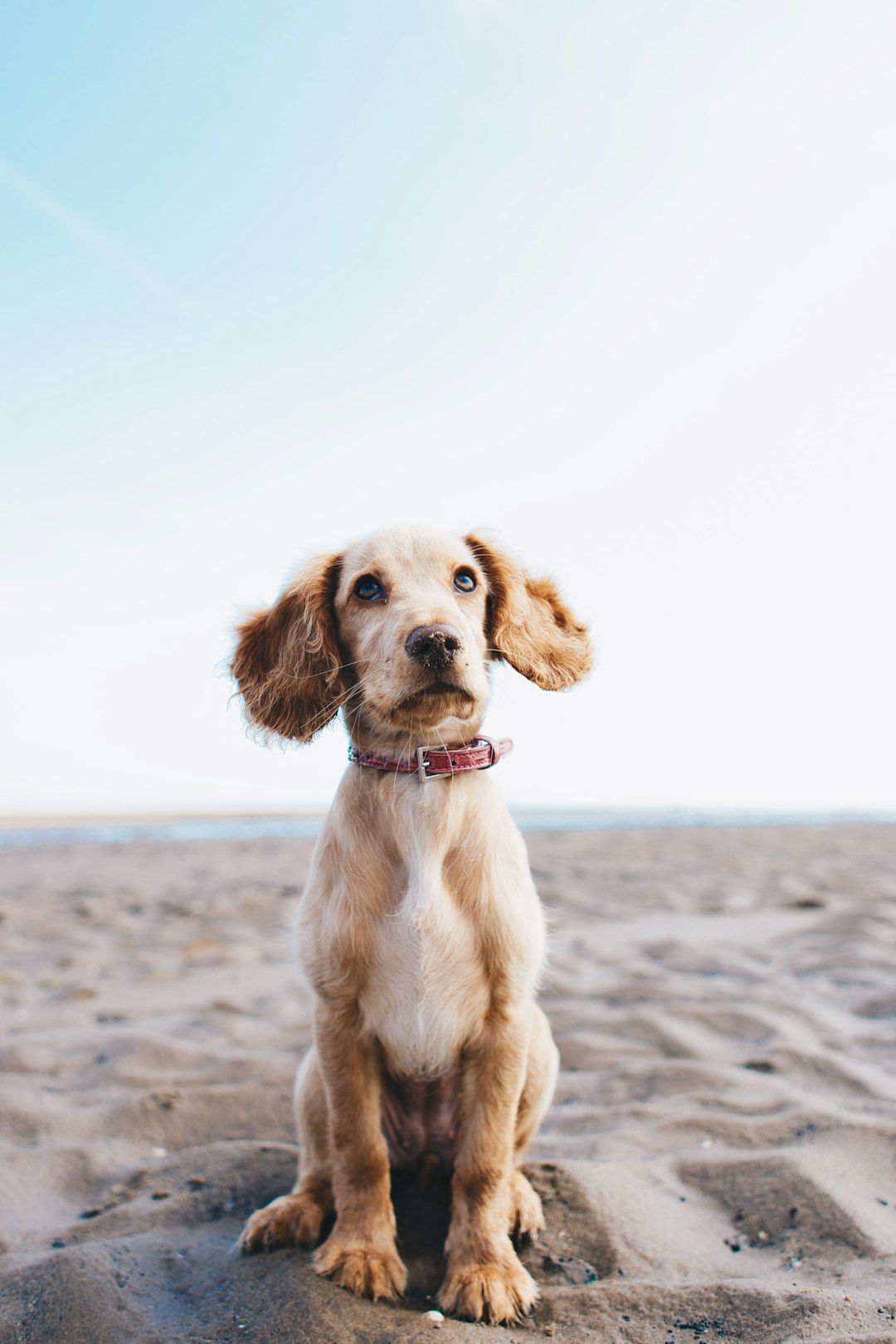
Be Patient and Consistent
Finally, remember that socializing your dog is an ongoing process. It’s essential to be patient and consistent in your efforts. Keep exposing your dog to new experiences and environments, and continue to reinforce positive behavior. With time, dedication, and a little patience, your dog will become the social butterfly you always knew they could be.
